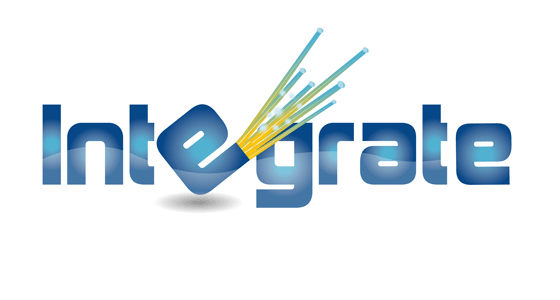A fixed asset is a long-term tangible property or piece of equipment that a company owns and uses in its operations to generate income. These assets are not expected to be sold or used within a year and are sometimes recorded on the balance sheet as property, plant, and equipment http://intvua.com/biznes/2022/07/25/s-26-iulia-podorojaut-polisy-zelenaia-karta.html (PP&E). Fixed assets are subject to depreciation, which accounts for their loss in value over time, whereas intangible assets are amortized. Fixed assets are often contrasted with current assets, which are expected to be converted to cash or used within a year.
Due to the complexity and importance of fixed asset accounting, it’s common for entities to invest in fixed asset software to save time and improve accuracy. Many organizations implement a policy for tangible asset expenditures which sets a materiality threshold over which purchases will http://rel.su/en/cost/salesacademy.com.ua be capitalized. This can be for a single asset purchase or a group of similar assets purchased around the same time. Capitalizing relatively insignificant purchases does not improve the readability of financial statements and may end up costing an entity more than the asset’s value.
Examples of Fixed Assets
Impairment is present when an asset’s carrying amount is greater than its undiscounted future cash flows. When this is the case, record a loss in the amount of the difference, which reduces the carrying amount of the asset. If there is still some carrying value left, then this amount will still need to be depreciated, though probably at a much lower monthly rate than had previously been the case. Asset impairments are less likely towards the end of an asset’s useful life, because ongoing depreciation has reduced its carrying amount to a great extent. A fixed asset is an item having a useful life that spans multiple reporting periods, and whose cost exceeds a certain minimum limit (called the capitalization limit). It is classified as a long-term asset, since it will remain on your books for an extended period of time.
The cost here includes all costs necessary to bring the assets to working condition for their intended use. Fixed assets normally refer to property, plant, and equipment held for use in the production or supply of goods or services, rental to others, or administrative purposes. They are expected to be used by an entity with more than one year accounting period. In February 2016, the Financial Accounting Standards Board issued a new accounting standard for lease accounting.
Is Intellectual Property a Fixed Asset?
It depends on the nature of an organization’s business which method best reflects actual use and the decrease in value of their fixed assets. When determining the useful life of an asset, an organization should consider the frequency and nature of the asset’s use in operations, the condition of the asset at acquisition, its history, and service patterns. The acquisition or disposal of a fixed asset is recorded on a company’s cash flow statement under the cash flow from investing activities. The purchase of fixed assets represents a cash outflow (negative) to the company while a sale is a cash inflow (positive). If the asset’s value falls below its net book value, the asset is subject to an impairment write-down.
- One method to measure how efficiently a company utilizes its fixed asset base is the fixed asset turnover ratio, which measures the efficiency at which a company can generate revenue using its PP&E.
- The fixed asset roll forward is a common report for analyzing and reviewing fixed assets.
- Current assets are assets that can be converted into cash within one fiscal year or one operating cycle.
- Unlike current assets, non-current assets are typically illiquid and cannot be converted into cash within twelve months.
Certain assets may be used until they are worthless and are disposed of without remuneration, while others may still have value to the business at the end of their service life. This investment can range from a single laptop to a fleet of trucks to an entire manufacturing facility or an apartment building for rent. http://www.rngf.ru/viewtopic.php?t=840 The lifecycle of a fixed asset is the timeframe from the initial purchase of the fixed asset through the disposal of the asset, whether due to the sale of the asset or due to the asset reaching the end of its useful life. Moreover, assets are categorized as either current or non-current assets on the balance sheet.
General Categories of Fixed Assets (With Explanation)
They are noncurrent assets that are not meant to be sold or consumed by a company. Instead, a fixed asset is used to produce the goods that a company then sells to obtain revenue. Apart from being used to help a business generate revenue, they are closely looked at by investors when deciding whether to invest in a company. For example, the fixed asset turnover ratio is used to determine the efficiency of fixed assets in generating sales. If the laptop is being used in a company’s operations to generate income, such as by an employee who uses it to perform their job, it may be considered a fixed asset. In this case, the laptop would be recorded on the company’s balance sheet as property, plant, and equipment (PP&E).

About The Author: Adrian
More posts by adrian